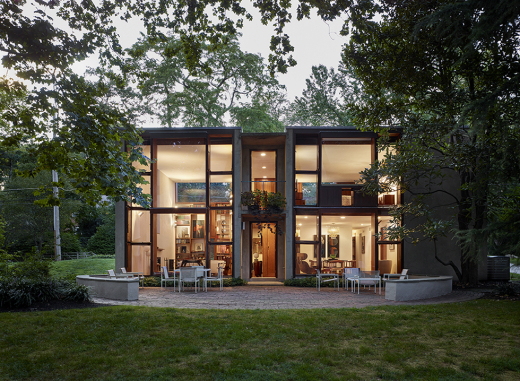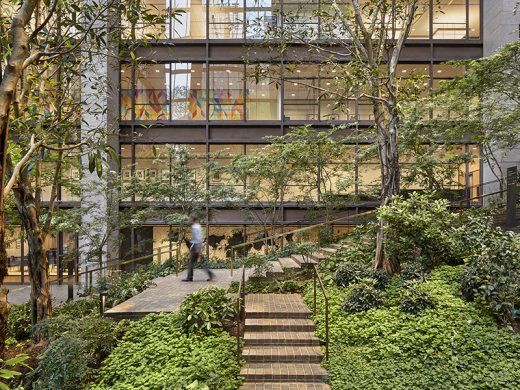°®¶¹app Board President Robert Meckfessel, FAIA, will be sharing his thoughts on current issues in the field of modern preservation as well as the latest updates on the organization in a new monthly President's Column. In this first installment, he reflects on the National Symposium in Philadelphia and the ongoing modern/postmodern divide.
Connections
It’s now August, but I’m still a-tingle from the fantastic, memorable time that we had in Philadelphia last June at our 2022 Symposium. Our speakers were passionate and thought-provoking, and the line-up of architecture and places was inspiring and jaw-dropping. And oh-those-cheesesteaks (my wife and I are still debating which was the best).
Thanks yet again to the Philadelphia Chapter, and all of those leaders and members that put it together!
I have long been fascinated by the Philadelphia School (my primary professor in graduate school was a Penn alum) and its influence, and well-thumbed books on the work of Kahn, Giurgola, Scott Brown, Venturi, Geddes, and others form a significant part of my office library. The individual work of each of these architects is extraordinary, of course, but it seems to me that there is also a continuity in their work that links them all together. That connection is not about style or form or detail, but about humaneness, level-headed innovation, context, and precedent. And, for this group, handy labels such as modernism, post-modernism, historicism, or whatever, just don’t seem to quite work, nor do they capture the importance of what they were doing, or the impact they have had on American architecture of the 20th (and 21st) century.







